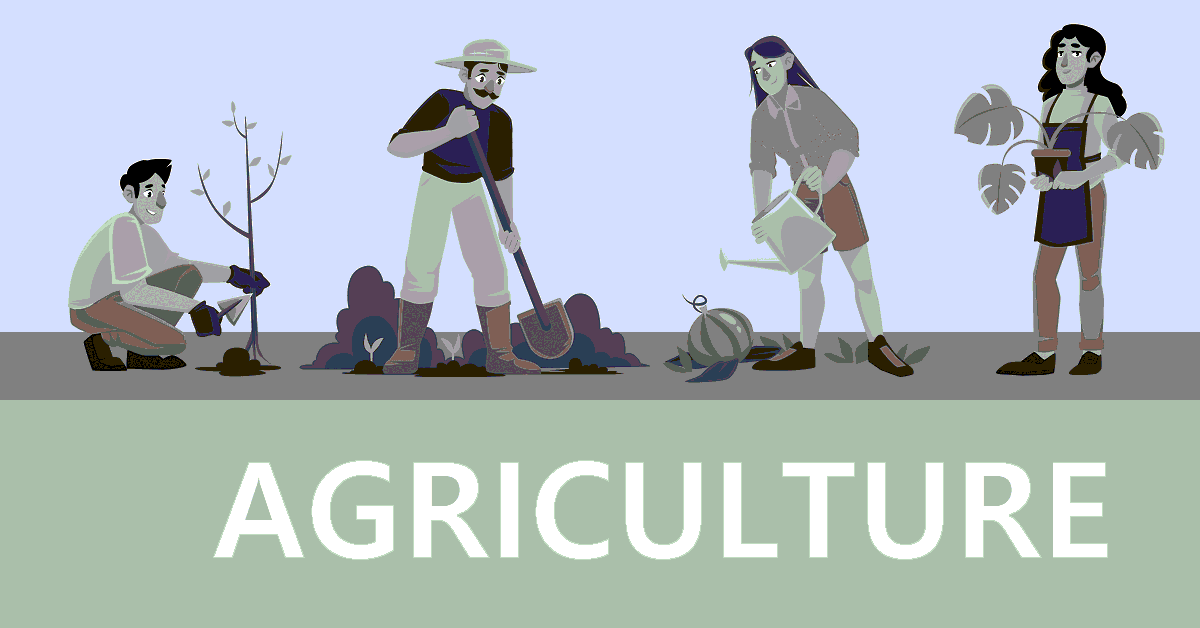
Water is a finite resource, and its scarcity is becoming increasingly problematic, particularly in food production. The concept of virtual water, or the amount of water used in the production of a particular food item, has been gaining attention in recent years. Virtual water is crucial to consider as it can have a significant impact on water resources, both in terms of the quantity used and the quality of the water used. In this article, we will explore the definition of virtual water, its significance in food production, the different types of virtual water, the virtual water content of various types of food, the importance of reducing virtual water in food production, and the latest developments and best practices in reducing virtual water in food production.
Definition of Virtual Water and Its Significance in Food Production
Virtual water is the amount of water used in the production of a particular food item, including the water used in growing crops, raising livestock, and processing food. It is often referred to as "embodied water" or "indirect water." The significance of virtual water lies in the fact that food production is one of the largest water users, accounting for approximately 70% of total water use globally. Moreover, virtual water is estimated to account for 93% of total water use in the food system (UN Water).
Different Types of Virtual Water and Their Impact on Water Resources
There are two types of virtual water: blue virtual water and green virtual water. Blue virtual water refers to the amount of surface and ground water used in the production of a food item, while green virtual water refers to the amount of rainwater used. The impact of virtual water on water resources can be substantial, particularly in regions with water scarcity or water stress. For example, producing 1 kilogram of beef requires 15,000 liters of virtual water, compared to just 500 liters for 1 kilogram of vegetables (University of Twente).
Virtual Water Content of Various Types of Food, with Examples
The virtual water content of food varies widely, with some food items having a much higher virtual water content than others. For example, meat and dairy products tend to have a higher virtual water content due to the water used in raising livestock and producing feed. In contrast, plant-based foods such as fruits and vegetables have a lower virtual water content. A study found that producing 1 kilogram of beef requires 15,000 liters of virtual water, compared to just 500 liters for 1 kilogram of vegetables (University of Twente).
Importance of Reducing Virtual Water in Food Production
Reducing virtual water in food production is crucial for both the sustainability of water resources and the future of food production. As water scarcity becomes increasingly problematic, reducing virtual water will be essential for ensuring a stable food supply and preserving water resources for future generations. In addition, reducing virtual water can also lead to cost savings for food producers, as water is often a significant cost in food production.
Latest Developments and Best Practices in Reducing Virtual Water in Food Production
There are several latest developments and best practices in reducing virtual water in food production. These include incorporating water-saving techniques in the production process, using drought-resistant crops, and reducing the amount of water used in processing and packaging. A case study of a food company that reduced virtual water in their production process by incorporating water-saving techniques and using drought-resistant crops highlights the potential impact of these best practices.
In addition, consumer education and awareness are also crucial for reducing virtual water in food production. Consumers can make a significant impact by choosing to purchase food items with a lower virtual water content, such as plant-based foods, and by reducing their overall consumption of meat and dairy products. Consumers can also support sustainable farming practices and companies that have implemented water-saving techniques and use drought-resistant crops in their production process.
For instance, a company that implements a sustainable water management strategy can reduce virtual water in their production process. This can be achieved by incorporating water-saving techniques such as rainwater harvesting, irrigation efficiency, and the use of drought-resistant crops. In addition, companies can also adopt sustainable farming practices, such as crop rotation and reduced tillage, which can help to conserve soil moisture and reduce water usage.
A case study of a food company that reduced virtual water in their production process provides a real-world example of the impact that sustainable water management strategies can have. The company, which was previously using large amounts of virtual water in their production process, was able to reduce their virtual water content by incorporating water-saving techniques and using drought-resistant crops. As a result, the company was able to reduce their overall water footprint and make a positive impact on the environment.
Conclusion
In conclusion, virtual water in food production has a significant impact on water resources and the environment. By reducing virtual water in food production, we can help to conserve water resources, promote sustainable farming practices, and protect the environment for future generations. Consumers, food industry professionals, policymakers, and environmentalists all play an important role in reducing virtual water in food production. Through education, awareness, and action, we can work together to make a positive impact and protect our water resources for the future.
Agricultural Science

